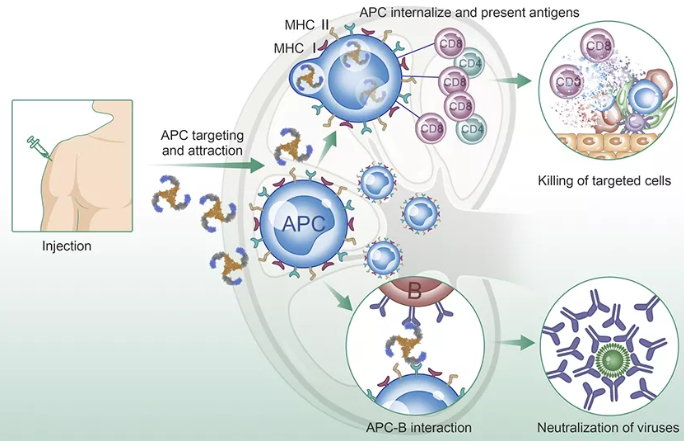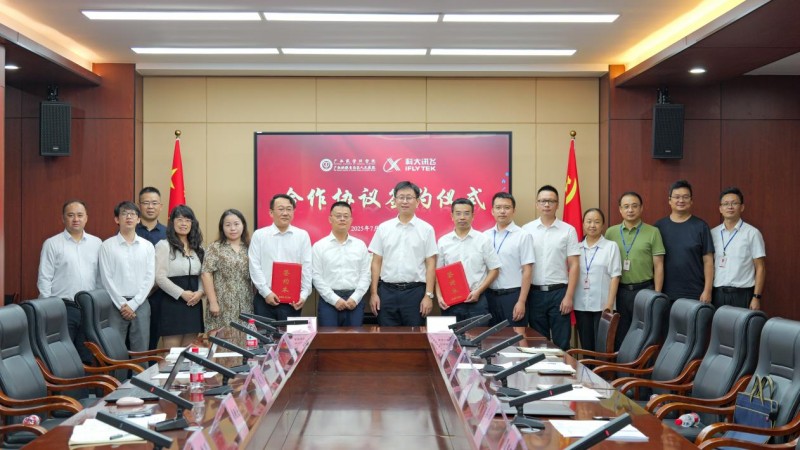来自荷兰Hubrecht研究所和乌特勒支医学中心(UMC Utrecht)、麻省理工学院的研究人员称,他们开发出了一种自身克隆CRISPR/Cas9(scCRISPR)技术,可以绕开基因编辑过程中所有的克隆步骤,在数小时内完成CRISPR/Cas9介导基因突变及位点特异性转基因敲入。他们的研究成果发布在10月29日的《Stem Cell Reports》杂志上。
CRISPR序列源于原核生物的一种获得性免疫系统,协同Cas(CRISPR-associated)蛋白家族参与抵抗噬菌体或其他病毒的二次感染,广泛存在于细菌和古细菌中。目前已发现三种不同类型的CRISPR/Cas系统。
当前,研究人员已将II型CRISPR/Cas系统——CRISPR/Cas9系统改造成为了一种高效的新型基因组编辑工具,它能够以一种位点特异性方式在培养细胞和整个生物体中实现定向修饰(突变、删除、添加、激活、抑制)特定基因序列。现已在人类、小鼠、斑马鱼、酵母、细菌、果蝇,线虫、拟南芥等物种中得到广泛应用。
在CRISPR介导的基因组编辑中,人们设计出一条可靶向目的基因组位点的单导向RNA sgRNA)发夹结构,Cas9蛋白在这条sgRNA的引导下完成对DNA的切割。定点诱变和靶向转基因是发育和疾病研究中重要的手段之一,能够轻易地编辑所有基因组位点可彻底地改变遗传和干细胞研究。
目前,CRISPR/Cas9打靶要求为每个新位点克隆出一个位点特异性sgRNA质粒,要在大约1周的时间内完成质粒连接、转化、纯化和序列验证等多个耗时且费钱的步骤。这阻碍了需要进行大规模sgRNA筛查的多重及高通量基因组编辑应用。此外,采用CRISPR/Cas9敲入转基因仍然需要费时地构建通常具有600-6,000 bp同源臂的同源性载体,这一辛苦费力的过程阻碍了建立基因敲入细胞系。这些障碍抑制了大规模靶向基因组操控革命性的潜力。
在这篇新文章中,研究人员提出了一种替代性sgRNA和同源性载体生成新方法,其无需克隆质粒,因此大大缩短了时间,减轻了工作量及CRISPR/Cas9介导基因组编辑的成本,而维持了位点特异性突变和转基因插入的高效率。
这种scCRISPR技术无需为每个靶位点克隆出一条位点特异性的sgRNA或基因敲入同源性载体,可在数小时内完成CRISPR/Cas9介导基因组突变或位点特异性的转基因敲入。研究人员称他们将一种自我切割的回文结构sgRNA质粒,和一条编码所需位点特异性sgRNA的双链DNA短序列导入到靶细胞中,使得它们能够通过同源重组生成位点特异性sgRNA质粒。每个靶位点只需2小时准备时间,相比于基于质粒构建sgRNA,scCRISPR可以低近6倍的成本有效地实现基因敲除(突变率达到88%)。随后,研究人员在小鼠和人类胚胎干细胞(ESCs)及HEK293T细胞中证实了它们的基因组编辑效率。
这种新方法大大简化了生成靶向转基因或基因敲除细胞系的过程,且不影响效率,由此为大规模基因组编辑和筛查应用提供了一个理想的平台。
原文摘要
We present self-cloning CRISPR/Cas9 (scCRISPR), a technology that allows for CRISPR/Cas9-mediated genomic mutation and site-specific knockin transgene creation within several hours by circumventing the need to clone a site-specific single-guide RNA (sgRNA) or knockin homology construct for each target locus. We introduce a self-cleaving palindromic sgRNA plasmid and a short double-stranded DNA sequence encoding the desired locus-specific sgRNA into target cells, allowing them to produce a locus-specific sgRNA plasmid through homologous recombination. scCRISPR enables efficient generation of gene knockouts (~88% mutation rate) at approximately one-sixth the cost of plasmid-based sgRNA construction with only 2 hr of preparation for each targeted site. Additionally, we demonstrate efficient site-specific knockin of GFP transgenes without any plasmid cloning or genome-integrated selection cassette in mouse and human embryonic stem cells (2%–4% knockin rate) through PCR-based addition of short homology arms. scCRISPR substantially lowers the bar on mouse and human transgenesis.We present self-cloning CRISPR/Cas9 (scCRISPR), a technology that allows for CRISPR/Cas9-mediated genomic mutation and site-specific knockin transgene creation within several hours by circumventing the need to clone a site-specific single-guide RNA (sgRNA) or knockin homology construct for each target locus. We introduce a self-cleaving palindromic sgRNA plasmid and a short double-stranded DNA sequence encoding the desired locus-specific sgRNA into target cells, allowing them to produce a locus-specific sgRNA plasmid through homologous recombination. scCRISPR enables efficient generation of gene knockouts (~88% mutation rate) at approximately one-sixth the cost of plasmid-based sgRNA construction with only 2 hr of preparation for each targeted site. Additionally, we demonstrate efficient site-specific knockin of GFP transgenes without any plasmid cloning or genome-integrated selection cassette in mouse and human embryonic stem cells (2%–4% knockin rate) through PCR-based addition of short homology arms. scCRISPR substantially lowers the bar on mouse and human transgenesis.
参考文献
《Cloning-free CRISPR》
来源:生物通
为你推荐
 资讯
资讯 外用制剂领域再突破 MC2-01乳膏治疗中国斑块状银屑病的Ⅲ期临床试验获批
杭州中美华东制药有限公司开发的MC2-01乳膏,用于治疗中国斑块状银屑病的Ⅲ期临床试验申请已正式获得国家药品监督管理局批准
2025-07-28 18:18
 资讯
资讯 欧盟批准含Blenrep(注射用玛贝兰妥单抗)的联合治疗方案用于治疗复发或难治多发性骨髓瘤
葛兰素史克(LSE NYSE:GSK)7月24日宣布,Blenrep已获得欧盟(EU)批准,用于以下适应症:联合硼替佐米和地塞米松(BVd),用于既往接受过至少一线治疗的复发或难治多发性骨髓...
2025-07-28 16:08
 资讯
资讯 欧狄沃联合逸沃获批成为中国首个非小细胞肺癌一线双免疫疗法
今日(7月28日),百时美施贵宝宣布,欧狄沃®(纳武利尤单抗注射液)联合逸沃®(伊匹木单抗注射液)方案获得中国国家药品监督管理局(NMPA)批准。
2025-07-28 15:58
 资讯
资讯 橙帆医药完成超6000万美元Pre-A+轮融资,加速全球首创新药管线临床开发
2025年7月28日,专注多抗与ADC药物研发的创新企业橙帆医药宣布完成超6000万美元Pre-A+轮融资。本轮融资由顺为资本领投,北极光创投、汉康资
2025-07-28 09:21
 资讯
资讯 Lenacapavir“零时差”落地乐城,我国HIV防控迈入长效预防新时代
2025年7月25日,全球同类首创、一年仅需给药两次的HIV暴露前预防药物Lenacapavir(来那帕韦)正式落地海南博鳌乐城国际医疗旅游先行区
2025-07-27 10:35
 资讯
资讯 国家卫健委:医养结合示范项目工作方案(2025年版)
全国医养结合示范机构。具备医疗卫生机构资质,依法进行养老机构备案的医疗卫生机构或养老机构。示范机构每2年评估一次,每次命名100个左右(含中医药特色的示范机构),2030年...
2025-07-26 17:05
 资讯
资讯 CDE :化学药品口溶膜剂药学研究技术指导原则(试行)
膜剂是指原料药物与适宜成膜材料等经加工制成的膜状制剂,根据给药部位不同,可分为口用膜、眼用膜、阴道膜等。口用膜可分为口溶膜、口颊膜、舌下膜和口腔贴膜。口溶膜是指在口...
2025-07-26 10:52
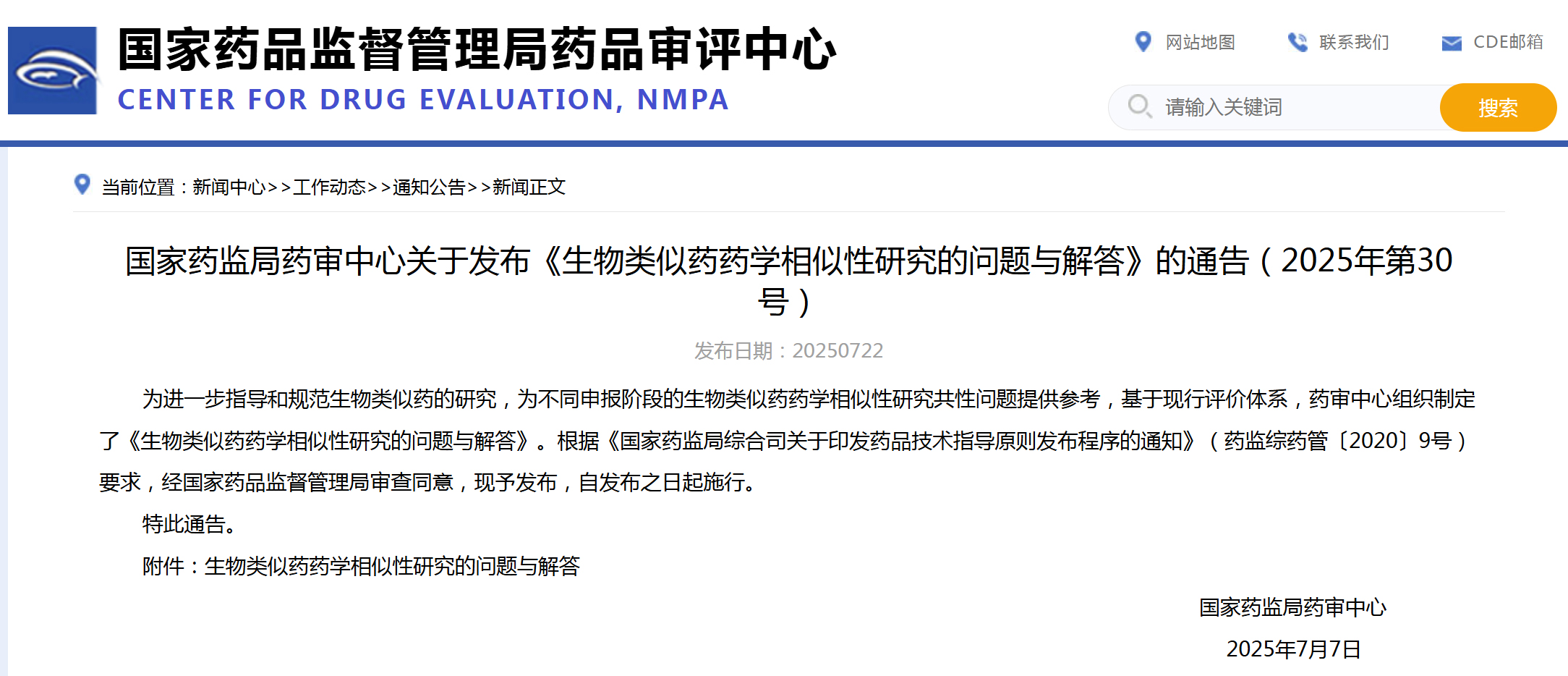 资讯
资讯 CDE:12项生物类似药药学相似性研究的问题与解答
生物类似药进行临床试验申请时,对于生产工艺和规模的要求是什么?候选药的剂型、规格、 制剂处方是否必须与参照药一致?对参照药的来源如何要求?多规格制剂中是否可以选择一...
2025-07-26 10:40
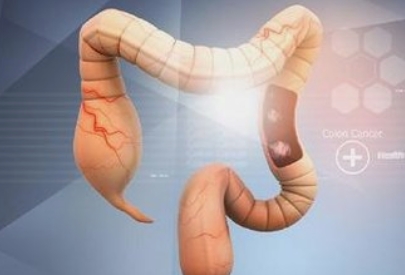 资讯
资讯 皮尔法伯集团毕太维®联合疗法在华获批,精准靶向BRAFV600E突变型转移性结直肠癌
用于既往接受过系统治疗的BRAFV600E突变型转移性结直肠癌(mCRC)成人患者。
2025-07-25 18:24
 资讯
资讯 《特殊医学用途流质配方食品注册指南》和《特殊医学用途增稠组件配方食品注册指南》
流质配方为非全营养配方食品,一般在短时间内使用,满足需要流质饮食和限制脂肪摄入人群的基本营养需求。
2025-07-25 17:15
 资讯
资讯 扬子江药业在固阳成功举办第二届717龙凤堂有机黄芪节
“健康中国”战略指引下,扬子江药业集团(以下简称扬子江)旗下中药品牌龙凤堂始终致力于全链条把控产品质量,从源头助力中药材产业发展水平提升。
2025-07-25 10:42
 资讯
资讯 国家市场监督管理总局禁止武汉用通收购山东华泰制药股权,要求解除
本案是2008年《中华人民共和国反垄断法》施行以来第四起禁止的经营者集中案件,是第一起对未达申报标准的经营者集中予以禁止的案件,也是首次要求相关方对已实施的集中采取措施...
2025-07-24 17:43
 资讯
资讯 1500万美元里程碑付款,一款国产双靶向CAR-T疗法出海
近日,科弈药业宣布,与美国生物医药企业ERIGEN LLC就其自研的全球首个并联增强型双靶向CAR-T细胞治疗产品KQ-2003(靶向BCMA CD19)的独家海外授权许可达成战略合作。
2025-07-24 14:28
 资讯
资讯 AQ健康数据警示:暑期割包皮咨询量翻5倍 非必要不手术
随着暑期到来,全国多家医院小儿泌尿外科门诊迎来就诊高峰。部分医院暑期预期手术量甚至高达4000多台,不少家长选择利用假期为孩子安排包皮手术咨询和预约。
2025-07-24 12:00
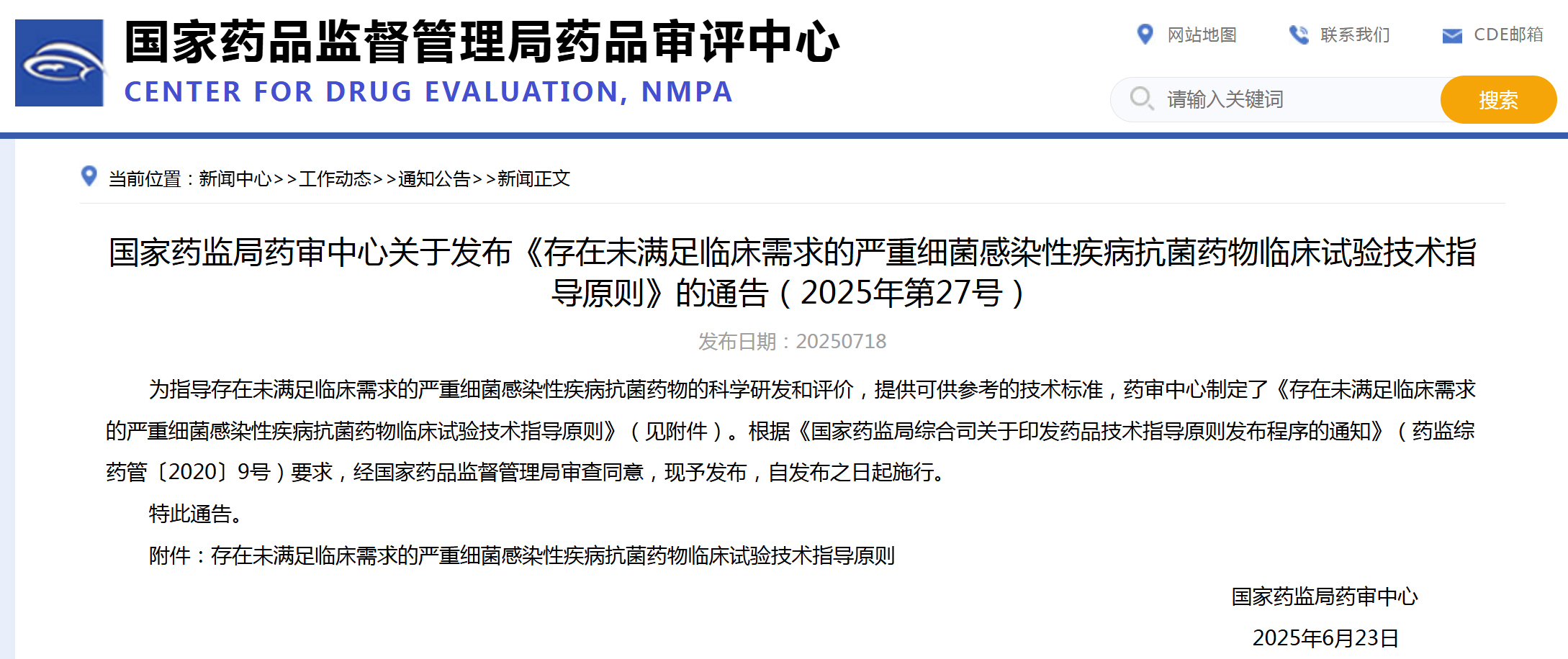 资讯
资讯 CDE :存在未满足临床需求的严重细菌感染性疾病抗菌药物临床试验技术指导原则
严重细菌感染性疾病的抗菌药物治疗领域,尤其是那些对多种抗菌药物耐药、过敏或不耐受而导致治疗选择有限或缺乏的存在未满足临床需求的患者,迫切需要新的、有效的、安全的抗菌...
2025-07-23 18:40




